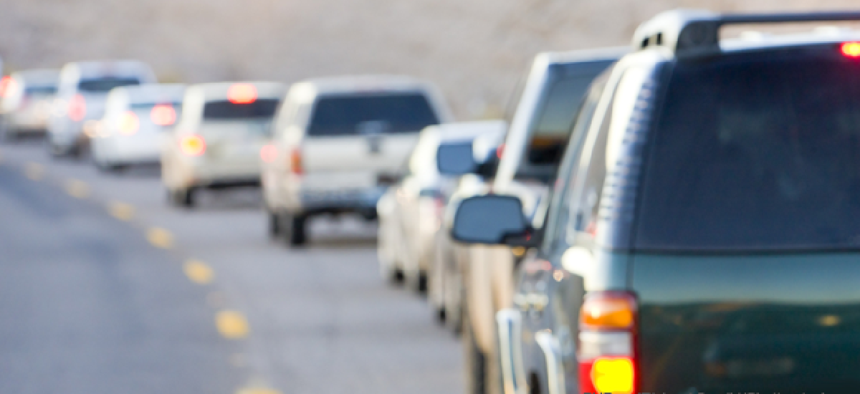Solving congestion with traffic data as a service


Connecting state and local government leaders
Location information from third-party smartphone and navigation applications gives StreeLight Data a near real-time look at around 20 percent of an area's traffic.
Best known for its vineyards, Napa County, Calif., was starting to get a reputation among locals for traffic jams.
Residents wanted a fix to the problem, which they assumed was caused by non-residents passing through the county to their jobs in the San Francisco Bay Area. County planners were less convinced that commuters were behind the increasing traffic, so they called in StreetLight Data, a transportation analytics firm, to dig into the issue.
The result? The traffic was coming from Napa County farm workers who had been pushed out of area by rising housing prices and who were now driving into the county for work. “The traffic was critical" for the county's economy, StreeLight Data CEO Laura Schewel said. Armed with that data, the county invested in public bus services that got commuting workers to farms and cars off county roads, she said.
StreetLight Data doesn’t do traffic surveys. Instead it uses location information from third-party smartphone and navigation applications that gives it a near real-time look at around 20 percent of an area's traffic, which Schewel said is much more than a standard traffic survey.
“Devices are creating a huge amount of locational data, and more and more apps are coming up with reasons that locational data can be useful,” she said. “So we get data from a huge array of apps, some of them are doing things like giving you directions, but a lot of them are doing more behind-the-scenes things” like counting a user's daily steps.
StreetLight Data pulls information from navigation analytics firm Inrix, fitness trackers, dating apps, weather apps and others that have location components.
StreetLight Data’s interface also allows agencies to upload traffic counts collected from sensor networks, and the software will recalibrate its data to account for the sensor numbers, Schewel said.
Information is de-identified when it’s sent to StreetLight Data -- the company just sees a device number-- and traffic is analyzed in groups, so “there is no way to back calculate who you are through our analytics,” Schewel said.
When analyzing traffic patterns, StreetLight Data can determine the percentage of travelers from neighborhood A that commute to neighborhood B. But it can also judge the final destinations of drivers traveling up Interstate 95. It can even tell which off ramps those I-95 travelers use.
Virginia's Department of Transportation was the first state to buy a web-based subscription from StreetLight Data, which allows it to use the service at will. Minnesota, Ohio and New York City have also bought subscriptions, according to the company.
“It means the staff at VDOT and the consultants that work with them can run an analytic without having to think about budget, without having to go through procurement," Schewel said. "They can just be curious and start to explore.”
Ben Mannell, the assistant director of planning at VDOT, said the tool has been helpful in replacing surveys.
“Travel surveys are very expensive and time consuming,” Mannell said. “Back in the day … we used to pull people over on the side of the road and actually ask them, ‘Where are you coming from? Where are you going?’ That’s pretty dangerous, and also there are a lot of privacy concerns.”
VDOT uses the data from StreetLight to inform traffic simulations, which are also fed other information like census data to show how a proposed project will affect traffic flow.
The department has increased its use of the data over the past year and has used it on a variety of projects, including analysis of the I-95 and I-64 intersection in Richmond, Va. Along with other data sources like real traffic counts, officials can see what will likely happen when changes are made at the intersection.
“We view it as just another tool in our toolbox, but its helping us, I believe, recreate what’s going on out there on the ground," Mannell said. "When we do these analyses and simulations, we can figure out, before we turn any dirt, how is this going to potentially perform and improve the traveling-public’s experience.”
NEXT STORY: Parsing the 'chaos' of emergency communications




